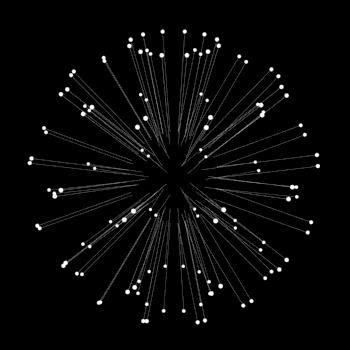Why can a baseball player hit a ball farther when he grips the bat near the bottom than he could if he moved his hands halfway up the bat?
1 Answer
Tangential speed (how fast a part is moving) is given by:
#v# = tangential speed (#ms^-1# )#r# = distance between point and centre of rotation (#m# )#omega# = angular velocity (#rad# #s^-1# )
To make the rest of this clear, we say
If we call the initial length
However, by halving the distance:
Now we know that the further away the tip is from the hand, ghe faster it goes.
Due to conservation of momentum, if the initial momentum of the bat is higher, than the final momentum of the ball must be higher (and negative, but in terms of speed it will be faster), assuming that the final momentum of the bat and initial momentum of the ball stay constant.

